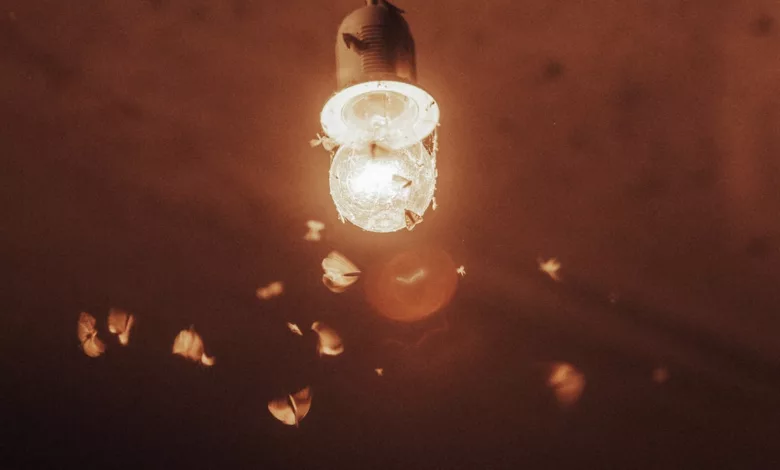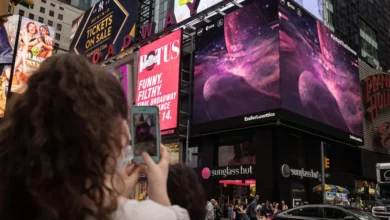
Many poets and scientists have long held the belief that flying insects attraction to light is inescapable, much like a moth to a flame.
Recent research, however, casts doubt on that interpretation.
Nighttime artificial light may confuse flying insects’ natural navigational systems. Fueling the insects attraction to porch lights, street lights, and other man-made beacons, according to researchers.
A scientist from the University of North Carolina, Chapel Hill named Tyson Hedrick said, “Insects have a navigational problem.” He was not engaged in the study. “Light is a habit for them, so they always know which way is up.”
Read Also: Newborn Great White Shark Sighted Live
Sam Fabian, an entomologist from Imperial College London and co-author of the research published in Tuesday’s Nature Communications, said that insects really “tilt their backs toward the light” while flying toward a light source.
That would be reasonable if the sky were the most powerful light source. However, when artificial lights are present, the outcome is more akin to midair perplexity than attraction.
Similar to how filmmakers attach sensors to actors to follow their motions, researchers in the study connected small sensors to moths and dragonflies in a lab so that they could record “motion-capture” footage of flying.
Read Also: Rare Unknown Creature “Fossilized Skin” is 286 Million Years Old
Insects attraction to light was recorded in a Costa Rican field location using high-resolution cameras.
Because of this, they were able to examine the behavior of dragonflies up close, including how they spin in circles around light sources while keeping their backs to the beams. They also found evidence that insects react to lights that point upward, like searchlights, by turning upside down and landing hard.
Researchers discovered that intense lights directed downward had the least impact on insect flying.
According to Avalon Owens, an entomologist from Harvard University who was not involved with the study, “For millions of years, insects oriented themselves by sensing that the sky is light and the ground is dark”—that is, until humans developed artificial lighting.





